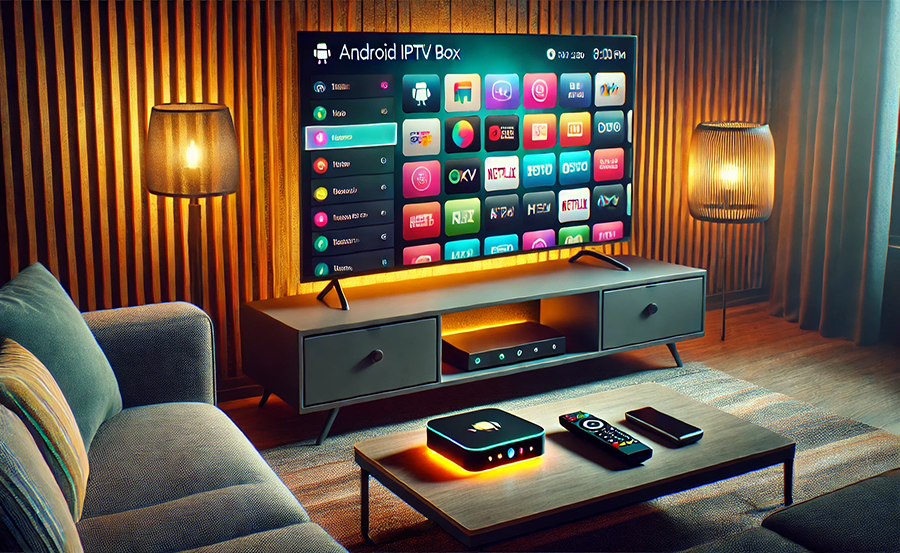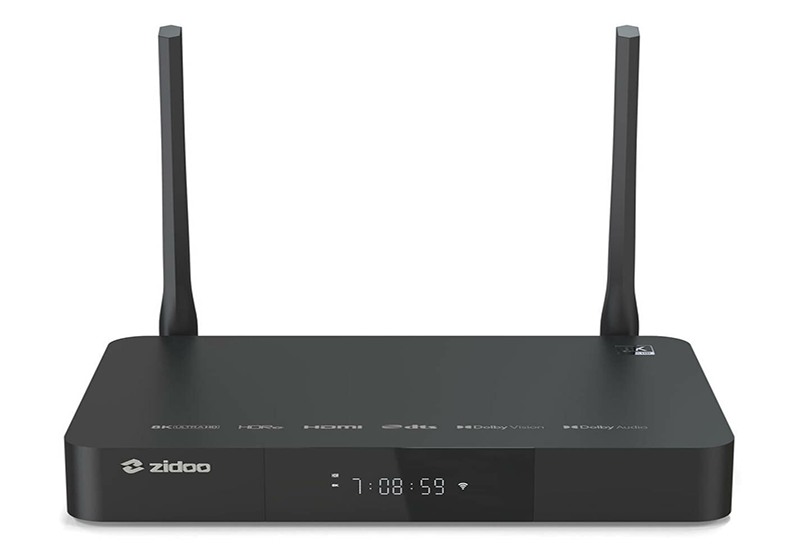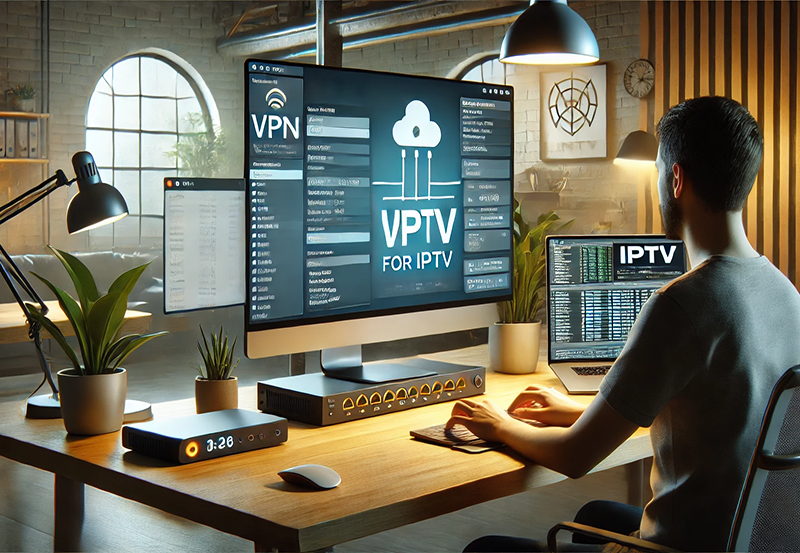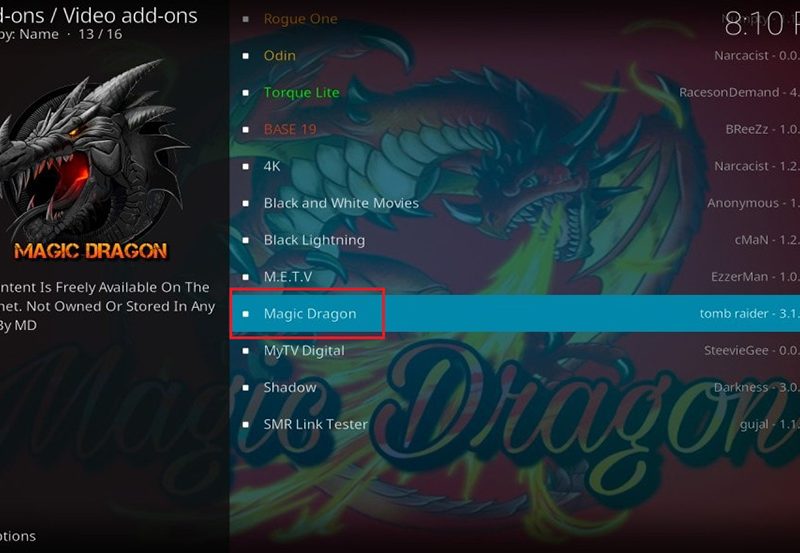Installing Kodi on your Android box is a rewarding process that opens up a world of entertainment possibilities. Whether you’re new to streaming or looking to enhance your current setup, understanding how to successfully install Kodi is crucial. This guide walks you through each step with clarity and precision, ensuring your Android box becomes a powerhouse of digital content.
Why Choose Kodi for Your Streaming Needs
Kodi remains a popular choice among streaming applications due to its versatility and user-friendly interface. Its open-source framework allows you to customize your entertainment experience entirely. But why exactly should you consider Kodi over other options? Let’s explore.
Kodi doesn’t just limit you to basic media streaming; it offers a comprehensive platform suitable for live TV streaming, music, and even podcast access. This level of functionality makes it an appealing choice for tech-savvy users and beginners alike.
Expert Advice:
Access the best global content with IPTV service in Canada for unmatched variety and performance.
The Advantages of Kodi
One of Kodi’s major strengths lies in its flexibility. It supports a wide array of media formats, ensuring you can play practically any content you want. Moreover, it allows for the installation of third-party add-ons, significantly enhancing your content options.
Another advantage is that Kodi is free to use. Unlike some other platforms that charge expensive subscription fees, Kodi offers robust functionality without the extra cost. This financial accessibility increases its appeal, especially for users keen on budget-friendly solutions.
Comparing Kodi to Other Streaming Options
Many users face the dilemma of choosing between Kodi and other streaming services like IPTV on Roku. While each has its strengths, Kodi excels in its openness and customizability. Unlike proprietary services, Kodi’s open-source nature allows users to tailor the application to match their specific needs.
On the other hand, services like IPTV on Roku might offer more streamlined access to specific channels but lack the depth of personalization Kodi provides. The expert’s guide to IPTV enjoyment would often recommend creating a hybrid system where both Kodi and IPTV features are utilized for a well-rounded streaming setup.
Preparing Your Android Box for Kodi Installation
Before diving into the installation, it’s essential to ensure your Android box is ready. Preparation involves checking system requirements, enabling necessary settings, and establishing a stable internet connection.
Checking System Compatibility
Start by verifying that your Android box meets the minimum system requirements for Kodi. It should run on Android 5.0 (Lollipop) or higher. Most modern devices meet this specification, but it’s always a good idea to check your settings.
Having sufficient storage space is another consideration. Kodi itself doesn’t demand much space, but additional storage is necessary for add-ons and any media you download. Ensure you have at least 2GB of free space for a smooth operation.
Enabling Unknown Sources
To install Kodi, you need to enable installations from unknown sources in your Android box settings. This step allows applications from the internet rather than just the Google Play Store.
Navigate to ‘Settings,’ then ‘Security & Restrictions.’ Enable ‘Unknown Sources.’ This action may prompt a warning about security risks; proceed understanding that Kodi is a reputable, widely used software.
Ensuring a Reliable Internet Connection
A steady internet connection is crucial for both the installation and operation of Kodi. Ensure your device is connected to a stable Wi-Fi network with adequate speed. Streaming, especially live TV streaming, can require high bandwidth, so a reliable internet connection will prevent interruptions.
If possible, connect your device via an Ethernet cable to guarantee optimal performance. This wired connection minimizes the risks of buffering typically associated with wireless networks.
Installing Kodi on Your Android Box
With preparation complete, you’re ready to install Kodi. This section provides a straightforward walkthrough of the installation process.
Downloading Kodi
Begin by visiting the official Kodi website. This site is the primary source for the latest, most secure versions of the software. Look for the Android version and download the APK file.
If you prefer using the Google Play Store, search for Kodi and install it directly. This option is usually quicker and ensures you receive automatic updates, enhancing security and functionality.
Installing the APK File
Should you choose to download the APK file from the Kodi website, locate the downloaded file in your device’s ‘Downloads’ folder. Click the file, and the installation process will begin.
You may encounter a prompt asking for permissions. Accept these permissions to allow Kodi to operate effectively. Once installation is complete, you can find Kodi on your apps screen, ready to launch.
Launching Kodi for the First Time
Once installed, launch Kodi from your Android box. The first launch may take some time as Kodi builds its initial database.
Upon opening, you’ll be greeted by the home screen. Take a moment to familiarize yourself with the layout. The main menu typically features options like Movies, TV Shows, Music, and more, which can be customized later.
Customizing Your Kodi Experience
Kodi’s true power lies in customization. Once installed, you can enhance your streaming experience by installing add-ons and configuring settings.
Installing Add-Ons
Add-ons are a game-changer in Kodi, transforming it from a basic media player into a comprehensive media hub. To install add-ons, go to ‘Add-ons’ from the home screen and select the download icon.
You can browse several repositories offering a wide range of add-ons. Choose those that suit your interests, from movie streaming services to music libraries, ensuring a diverse media experience.
Adjusting Kodi Settings for Optimal Performance
Maximizing Kodi’s performance often requires tweaking a few settings. Head to the ‘System’ menu to access various options. Adjust the display to match your TV’s resolution for the best picture quality.
Sound settings can also be modified under ‘System.’ Ensure your audio output matches the setup of your home theater, enabling features like surround sound where applicable.
Troubleshooting Common Issues
Even with the best preparations, you might encounter issues. Here’s how to troubleshoot common problems with Kodi on your Android box.
Tackling Buffering Issues
Buffering can be particularly frustrating. It often results from a weak internet connection. First, check your connection stability and speed. Consider restarting your router or switching to an Ethernet connection for improved performance.
Adjusting settings within Kodi can also help. Under ‘System,’ navigate to ‘Cache’ settings and allocate more memory for smoother streaming.
Handling Add-On Errors
Sometimes, add-ons might fail to work as expected. This issue often stems from outdated or broken repositories. Navigate to ‘Add-ons’ and update or reinstall the problematic add-on.
If issues persist, try clearing Kodi’s cache within the application settings. Regular maintenance like this helps keep your Kodi running optimally.
The Future of Streaming with Kodi
The streaming landscape is continuously evolving, and Kodi remains at the forefront of these changes. With frequent updates and a committed community, Kodi ensures its users stay up-to-date with the latest advancements in digital media.
Embracing New Features
The developers behind Kodi consistently introduce new features to enhance usability. Upcoming updates promise improvements in user interface, processing speed, and compatibility with emerging media formats.
Staying informed about these developments allows you to leverage Kodi’s full potential. Following the official Kodi blog or forums is an excellent way to learn about new releases and functionalities.
Kodi as Part of a Bigger Streaming Ecosystem
While Kodi itself offers extensive capabilities, integrating it with other platforms such as IPTV on Roku could amplify your viewing experience. This combination delivers a hybrid approach where Kodi’s customization complements the focused content delivery IPTV provides.
By creating a versatile streaming setup, you ensure all bases are covered—live TV streaming, specialized channels, and expansive libraries of on-demand content.
Exploring Advanced Kodi Techniques
After mastering basic operations, consider diving into more advanced Kodi techniques to optimize your Android box experience further.
Integrating Third-Party Services
Kodi’s versatility shines through when connected with third-party services. Explore software like Plex, which can be integrated into Kodi as a server, offering access to your media libraries remotely.
This integration transforms your Android box into not just a media player but a comprehensive media management system. Synchronize your content across devices for seamless access wherever you go.
Automating Updates and Maintenance
As with any software, keeping Kodi updated ensures you benefit from the latest features and security patches. Enabling automatic updates within Kodi settings minimizes manual interventions.
Additionally, regular maintenance—such as clearing the cache and uninstalling unused add-ons—keeps your system running smoothly, reducing the risk of crashes and performance hitches.
- Confirm your device compatibility before installation.
- Regularly update Kodi for the latest features.
- Personalize the experience by adding relevant add-ons.
- Ensure internet stability for seamless streaming.
Frequently Asked Questions

How often should I update Kodi?
It’s advisable to check for updates regularly. New features and security patches are often included in updates, enhancing both functionality and safety.
Can Kodi stream live TV?
Yes, with the right add-ons, Kodi can stream live TV. It offers support for various IPTV services, providing access to live broadcasts across different genres.
Is it legal to use Kodi?
Kodi is legal to use as a media player. However, the legality depends on the add-ons and services you choose for accessing content. Always use legal channels and reputable sources.
What should I do if Kodi keeps buffering?
Start by checking your internet connection. If the issue persists, consider clearing Kodi’s cache or adjusting buffer settings under the System menu to allocate more memory.
Why is an Ethernet connection recommended for Kodi?
An Ethernet connection offers a more stable and faster internet connection compared to Wi-Fi, crucial for preventing buffering and enhancing streaming quality.
How do I uninstall unwanted add-ons?
To uninstall add-ons, navigate to ‘Add-ons’ on Kodi’s home screen. Select the add-on you wish to remove, long-press to access ‘Information,’ and choose ‘Uninstall.’
Can I use Kodi on multiple devices?
Yes, Kodi can be installed on numerous devices, allowing you to sync them through shared services like Plex, thus accessing your media library anywhere.
Why SS IPTV is Becoming a Popular Choice Among Streamers





